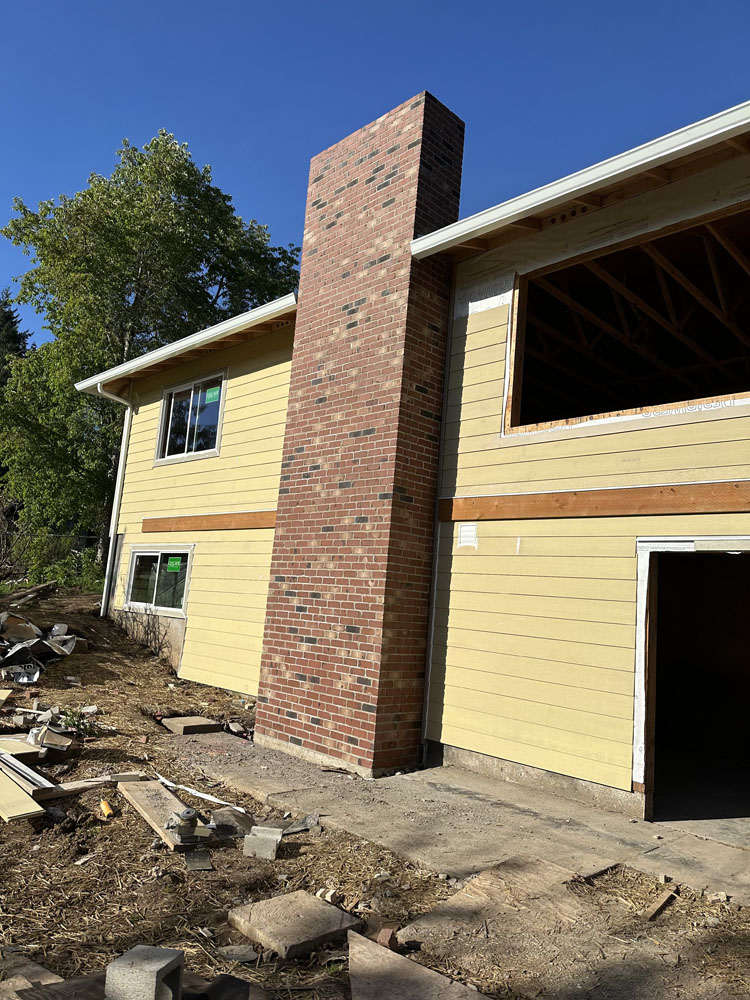Introduction
Creating a pet-friendly environment is no longer just a trend; it has become a necessity for many pet owners. Whether you have a playful puppy, a curious cat, or even a rabbit that hops around, the spaces they inhabit significantly impact their happiness and well-being. With the evolving landscape of modern architecture and landscaping, designing paths specifically for pets has gained popularity. This article delves deep into the various elements to consider when planning out your outdoor spaces to ensure they are not only visually appealing but also functional and comfortable for our furry friends.
Designing Paths for Pets: Considerations for Pet-Friendly Spaces
When undertaking the task of designing paths for pets, there are various aspects to contemplate. The materials you choose, the layout of Ramos Masonry Construction Company Masonry Contractor the space, and even the colors can affect how your pet interacts with their environment. Here are several factors to keep in mind:
Choosing the Right Materials for Walkways
Selecting appropriate materials is perhaps one of the most crucial steps in creating masonry walkways that cater to pets. You might ask yourself—what makes a material suitable?
- Durability: The wear and tear from claws can be significant. Opting for robust materials such as stone walkways made from granite or slate can endure rough use. Comfort: Your pet will spend a lot of time on these surfaces. Smooth stone walkways provide comfort while walking or lying down. Safety: Ensure the selected material has a non-slip surface to prevent accidents during rainy days.
Masonry Walkway Options to Consider
When contemplating masonry walkways, several options stand out:
Pavers: These come in various shapes and sizes and allow flexibility in design.
Bricks: Classic bricks offer excellent durability while adding an old-world charm.
Concrete: Concrete can be molded into different shapes and patterns; however, it may require more maintenance regarding cracks.
Natural Stone: Popular choices include flagstone or travertine, providing an elegant look while being sturdy.
Designing Functional Layouts
The layout of your pet-friendly space should facilitate ease of movement while promoting exploration and playfulness. Here’s how:
Pathway Widths
Consider wider pathways (at least three feet) that allow pets to move freely without feeling constrained. Wider paths also accommodate multiple pets if necessary.
Curved vs. Straight Paths
Curved paths often evoke a sense of adventure and curiosity among pets. They can explore nooks and crannies along the way rather than following rigid lines.


Creating Enrichment Opportunities Along Paths
Why not make those walks more exciting? Adding features like sensory gardens can stimulate your pet's senses:
- Scented Plants: Incorporate lavender or mint plants that appeal to canine noses. Textures: Use varying textures underfoot; this could include gravel patches alongside smooth stone walkways.
Incorporating Shade and Shelter
Pets need relief from harsh sunlight too! Strategically placing trees or installing shade sails along pathways ensures they remain cool during summer months.
Water Features for Hydration and Play
Adding water features such as small ponds or fountains not only beautifies your space but provides hydration opportunities on hot days. Ensure these features are safe—avoid deep bodies of water that could pose drowning risks.
Pet-Safe Landscaping Choices
Creating a safe environment goes beyond just paths—consider what surrounds them too:
Non-Toxic Plants
Some plants can be harmful if ingested by pets:
| Plant | Toxicity Level | |-------|----------------| | Lilies | High | | Azaleas | Moderate | | Aloe Vera | Low |
Instead, choose non-toxic alternatives like marigolds or sunflowers that will beautify your space without causing harm.
Fencing Solutions for Safety
A secure fence will keep your beloved companions safe from wandering off while giving you peace of mind. Options abound; go with wood, vinyl, or wrought iron based on aesthetic preference and budget constraints.
Maintenance Considerations for Pet-Friendly Spaces
Maintaining these areas requires thoughtfulness:
Regular Cleaning Routines
Pets bring joy but also mess! Regularly clean pathways to remove debris caused by shedding fur or muddy paws using leaf blowers or brooms designed for outdoor use.
Seasonal Adjustments
Different seasons call for varied maintenance approaches—check drainage systems after rains to avoid stagnant water where mosquitoes breed!
Frequently Asked Questions (FAQs)
li10/ol2/li11li11/ol3li12# How wide should my pet’s pathway be?- Aim for at least three feet wide so multiple pets have room without crowding each other!
- Regular cleaning is essential! Clean up after pets promptly using appropriate tools designed specifically for outdoor spaces!
- Certainly! Adding benches allows you both relaxation spots where you can enjoy quality time together amidst nature’s beauty!
Conclusion
In conclusion, designing pathways tailored specifically towards our beloved pets encapsulates both functionality and artistry within any outdoor setting—it becomes an expression of love intertwined with practicality! From choosing appropriate masonry walkway materials like durable stones to enriching those routes with sensory gardens filled with non-toxic flora—the possibilities are endless!
As we embark on this creative journey together—let us transform ordinary landscapes into enchanting havens perfect not just humans but also our furry companions who enrich our lives daily! So roll up those sleeves, grab some tools—and let’s design those magical paths that lead right into our hearts as well as our backyards!